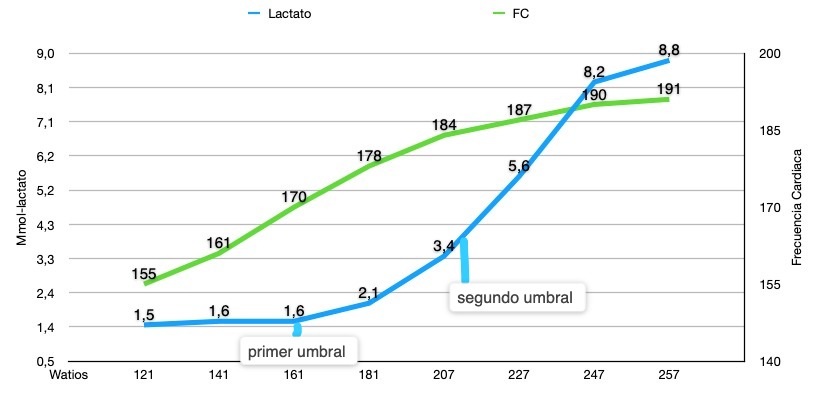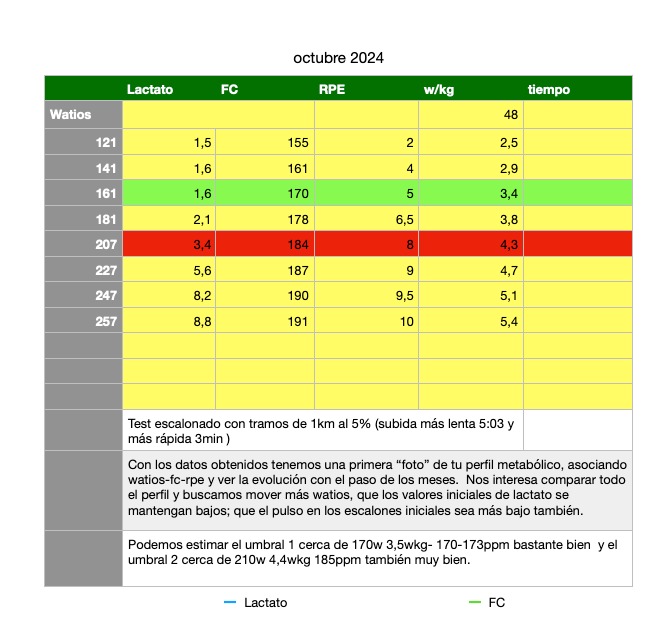Finding Your Thresholds with Frankie Hinsley
Ever wondered how hard you can push before your body starts to fatigue? Lactate testing is a powerful tool for cyclists aiming to optimize their training. By measuring lactate at varying intensities, athletes can identify key points like the “lactate threshold” and “lactate minimum”—intensities where their muscles produce and clear lactate efficiently.
The Process
Lactate testing generally involves a “step test,” where power increases in intervals. As cyclists like Frankie ramp up intensity, lactate is measured at each stage. When lactate spikes significantly, it indicates the limit of sustainable effort—an ideal threshold for targeted training. A more advanced “lactate minimum” test provides a nuanced view of how efficiently lactate clears at different heart rates, helping cyclists fine-tune their endurance efforts.
Why It Matters
By understanding these thresholds, Frankie can personalize her training—working below her threshold for endurance and pushing above it in bursts to improve her power. As shown in the attached chart, she can monitor heart rate and power output to track improvements over time, making each session count.
Whether you’re training for road races or trail adventures, understanding your lactate data can make all the difference in reaching the podium or breaking personal records!
What is Lactate?
Lactate is a byproduct of anaerobic metabolism, the process that kicks in when your muscles work hard without enough oxygen, like during high-intensity cycling. As Frankie pushes harder, her body generates more lactate as it breaks down glucose for energy. Contrary to common belief, lactate isn’t a waste product—it helps buffer acidity in the muscles and provides an additional fuel source, making it a key player in sustaining intense efforts.
When muscles produce lactate faster than the body can clear it, lactate levels build up, causing that familiar “burn.” Finding this balance—where lactate production meets the body’s clearance rate—is crucial for optimizing endurance performance.
How is Lactate Measured? In a typical lactate test, Frankie would begin at a low cycling intensity. Every few minutes, her coach would prick her finger or earlobe to measure blood lactate levels, then increase the cycling power or speed. As the test progresses, lactate readings reveal two key thresholds:
- First Threshold (Aerobic Threshold): The point where lactate begins to rise from baseline levels.
- Second Threshold (Anaerobic or Lactate Threshold): The tipping point where lactate accumulation outpaces clearance, indicating the maximum sustainable effort.


These thresholds guide Frankie’s training zones, allowing her to focus on efforts that improve endurance or power. Tracking lactate also helps assess improvements over time, ensuring her body is adapting and getting stronger.
With these insights, Frankie can tailor her training—working on steady endurance below her thresholds or pushing above them to improve high-intensity power.
